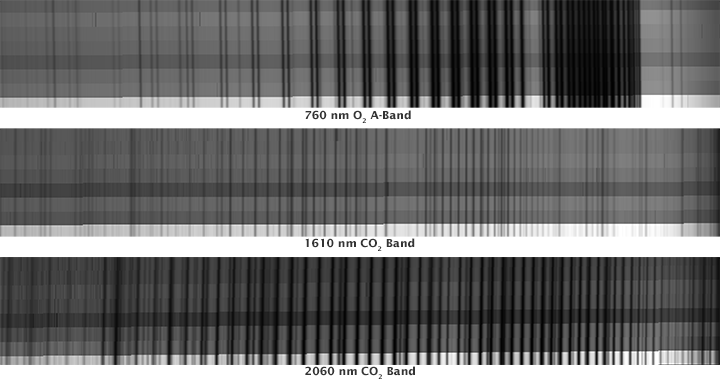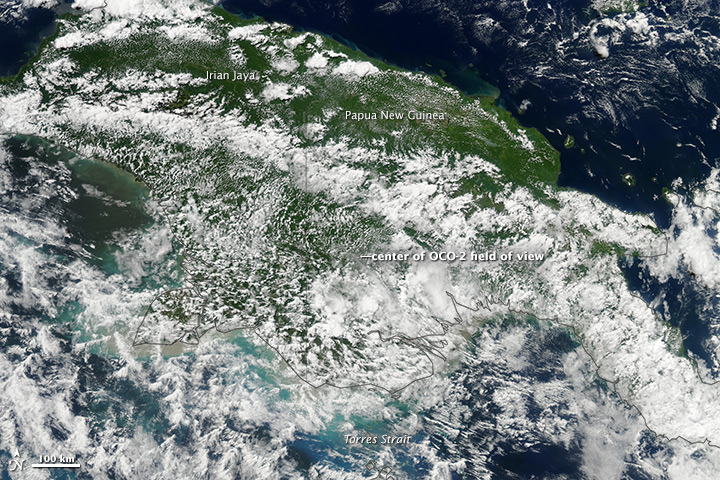EarthPOV: Difference between revisions
Siterunner (talk | contribs) No edit summary |
Siterunner (talk | contribs) |
||
| Line 6: | Line 6: | ||
[[File:3D Overview.jpg]] | [[File:3D Overview.jpg]] | ||
'''With appreciation of the Overview Effect. Look at us and see the wonder. Earth point of view of wondrous realization...''' | '''With appreciation of the [http://vimeo.com/55073825] Overview Effect. Look at us and see the wonder. Earth point of view of wondrous realization...''' | ||
[http://vimeo.com/55073825 Overview] [http://vimeo.com/60234866 Planetary] [http://www.greenpolicy360.net/w/EarthPOV#Here.27s_looking_at_us #EarthPOV] | [http://vimeo.com/55073825 Overview, the movie] [http://vimeo.com/60234866 Planetary] [http://www.greenpolicy360.net/w/EarthPOV#Here.27s_looking_at_us #EarthPOV] | ||
Revision as of 14:46, 24 August 2014
Here's looking at us
With appreciation of the [1] Overview Effect. Look at us and see the wonder. Earth point of view of wondrous realization... Overview, the movie Planetary #EarthPOV
Ω
Earth observing satellites, the "Afternoon Constellation", the "A-Train" joined by OCO-2 newly launched Orbiting Carbon Observatory
Ω
With a Supermoon setting ~ August 2014
Ω
August 11, 2014
1st light! OCO-2 announces their data!
OCO-2 is now at the head of the international “Afternoon Constellation,” or “A-Train,” of Earth-observing satellites in an orbit that crosses the equator at 1:36 p.m. local time.
The image [spectra image below] shows some of the first data taken by OCO-2 as it flew over Papua-New Guinea on August 6, 2014. Each plot shows three different spectra, or wavelength, observed by the satellite’s spectrometers: 760 nanometers (atmospheric oxygen), 1610 nanometers (carbon dioxide), and 2060 nanometers (carbon dioxide). As OCO-2 flies over Earth’s sunlit hemisphere, each spectrometer collects a frame three times per second (a total of about 9,000 frames from each orbit). Each frame is divided into eight spectra that record the amount of molecular oxygen or carbon dioxide over adjacent ground footprints, each of which is about 2.25 kilometers (1.39 miles) long and a few hundred meters wide. When displayed as an image, the spectra appear like bar codes. The dark lines indicate absorption by molecular oxygen or carbon dioxide.
“The initial data from OCO-2 appear exactly as expected; the spectra lines are well resolved, sharp, and deep,” said OCO-2 chief architect and calibration lead Randy Pollock of NASA’s Jet Propulsion Laboratory.
“We still have a lot of work to do to go from having a working instrument to having a well-calibrated and scientifically useful instrument, but this was an amazingly important milestone.”
To put the spectra in context, this natural-color image shows the cloudy, forested scene below OCO-2 just minutes after it collected its data.
The color image was acquired by the Moderate Resolution Imaging Spectroradiometer (MODIS) on NASA’s Aqua satellite, which flies in the same A Train orbit.
Ω
'Watching the Earth Breathe from Space' [2] [3] [4] [5] [6]
"Look at how thin our atmosphere is. This is all there is between humankind and deadly space." [7]
June/July/August 2014
Alexander Gerst on the #ISS [8] [9]
A thin atmospheric layer enabling life as we know it... [10] [11] [12] [13] [14] [15] [16] [17] [18] [19] [20]
We are just beginning to geo-monitor our thin atmosphere, earth and biosphere from space... [21] [22]
Beginning with first 'whole earth' images of our home planet, taken in the Apollo era... [23] [24]
We are now flying eyes-in-the-sky, earth-monitoring producing first-generation data and #sustainability realizations.
Ω





